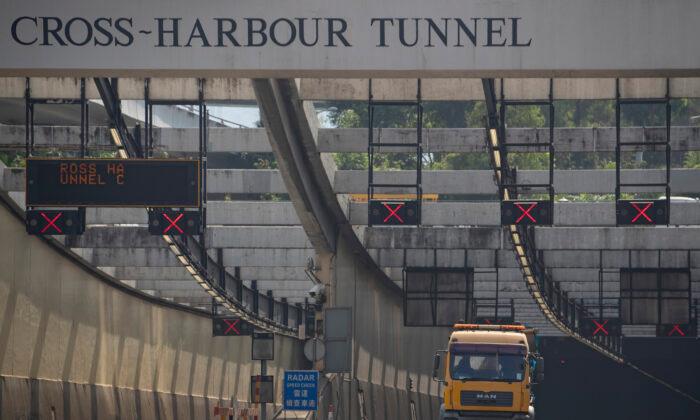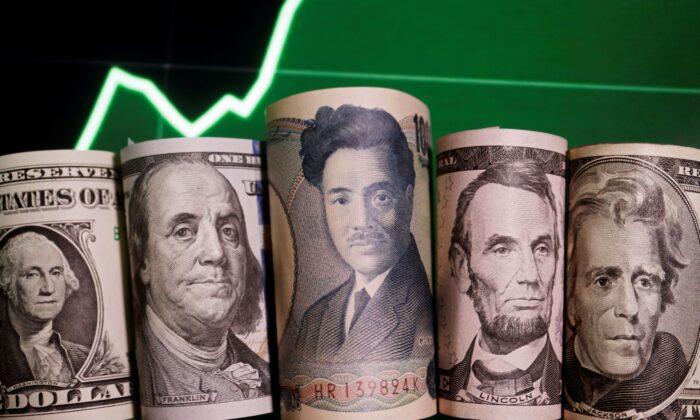Inferentially speaking, either side can be correct since it is merely a comparison between direct extra supply (which eases congestion) and indirect induced demand (which worsens). Despite the high-profile label as “Fundamental Law” behind induced demand, there is no ground behind the direct supply impact, which is too commonsensical to formalize as any theory. Thus, the issue boils down to an empirical question of which makes sense where. There is evidence supporting the Law in the EU and Japan, while those against it in the U.S. and Netherlands.
To evaluate this in Hong Kong, we reviewed the previous impacts of having new tunnels. Before 1972, there was no cross harbour tunnel in Hong Kong; vehicles crossed by ferry. ByAugust1972 the Hung Hom Tunnel (official name “Cross Harbour Tunnel”) began in use. By September 1989 the Eastern Harbour Tunnel was available, and the third and latest Western Harbour Tunnel joined by April 1997. Tunnel traffic data from 1989 can be found in the annual digest of statistics.

We can arrive at some conclusions from the chart descriptively without doing econometrics. The “total” bar refers to the annual total cross-harbour traffic. It rose for a few years after the Eastern Harbour Tunnel was in use in 1989, suggesting induced demand seemed to be there. But when Western Harbour Tunnel was ready in 1997, such induced demand was much less obvious. Note also that the total traffic increased in most years after 1997 even without any new tunnel.
This led us to suspect the ups and downs of the series are somehow correlated to economic performance. The “normalized” bar controls by dividing the above total by annual real GDP (in 2021-chained dollar). After controlling for GDP, such induced demand reduces drastically.
Regardless of economic factors, there was no new tunnel and toll adjustment between 1998 and 2022, and the traffic of the cheapest and most congested Hum Hom Tunnel was easing gradually while the other two tunnels were eating up the share. Can we say the latter two tunnels had induced demand? It is hard to conclude without controlling for all other potential factors. However, the presence of three tunnels, even without any toll coordination, helps spread the use more evenly over time (from 1998 to 2022), and the most congested tunnel is obviously eased.
After all, the number of tunnels (like the total length of roads) should correspond to the total number of vehicles. If the latter keeps increasing over time, an additional cross-harbour tunnel will be inevitable sooner or later, regardless of the level of congestion.






